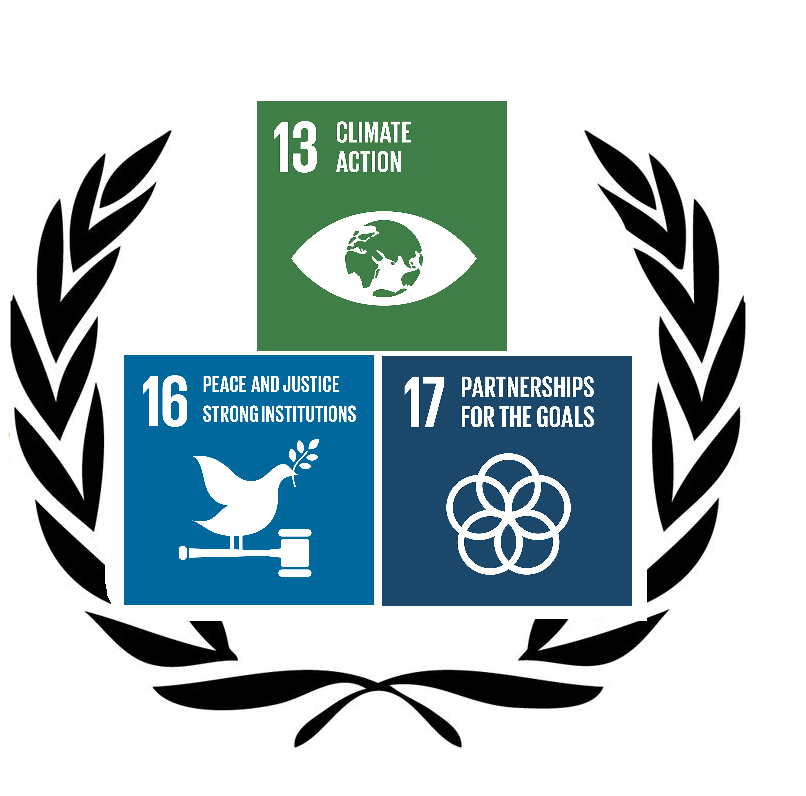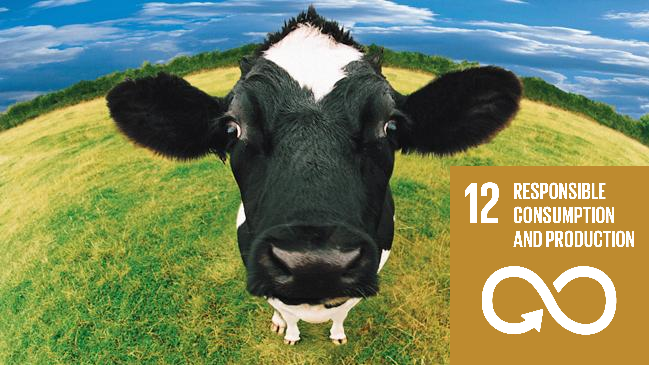Earlier this year I had the privilege of spending 6 weeks travelling in Canada and the USA. One of the places my husband and I visited was Atlanta, home to Martin Luther King Jr, now home to the MLK National Historic Site and the newer National Center for Civil and Human Rights. Prior to visiting Atlanta, I had some understanding of the black rights movement based on years of watching movies and reading the New York Times over the past few years as the Black Lives Matter movement has had to become prominent due to ongoing racial injustice. However, our visits to these centres focussing on the work of the movement in the 50s, 60s and 70s to fight and end segregation in the South of the USA changed my understanding of what the people involved experienced and the level of hatred that was shown people wanting to make the world a better place.
Both places told the story of segregation in different ways. One, from the life and work of Martin Luther King; the other from the reflections and views of the movement and the people doing the work of the movement. There were pictures, there were videos, there were stories of protesters being hosed down with fire hoses, of dogs being set on people, of people being spat on and sworn at. All of this hate had continued from a time when people were stolen from Africa and forced to work in inhumane conditions for ‘owners’ who saw them as animals to make them money. Slavery was officially abolished at the end of the USA Civil War in 1865, but there were no provisions given to providing the former slaves with land and jobs so that they could feed themselves and their families. This meant that many were forced to continue in an unofficial form of slavery working for their former masters under very similar conditions. The inequality continued, and the slave owners, who lost a lot of money in the civil war, saw the former slaves as the reason for their misfortune. Over time, their hatred became law as the former slave owners were the ones with money and power in a very unbalanced society. These laws were known as segregation. Black and white people had separate bathrooms and drinking fountains, in many cases separate restaurants. They weren’t allowed to travel in the same train carriages and had separate sections on buses.
There was one photo that has particularly stuck in my mind.
It is a picture of two school housed on the same road. One is for black
children, the other is for white children. They were not allowed to go to the
same school. The school for white children is a lovely, well-kept building with
an area outside for children to play in. The school for black children is a
rundown shack which gives the impression of wind whistling through the cracks
and it being very hot in summer. Federal law in the USA at the time said that
all children had to be provided with an education. Law makers in States with
segregation in place said they met the federal laws by having separate, but
equal schools. This picture clearly demonstrated to me that this was not the
case. Black children were severely disadvantaged by their schools. While the
white children were given up to date facilities, the black children were left
with old, falling apart buildings. All were given the opportunity to go to
school, but that school experience was not equal so their ability to learn and
make something of themselves was not equal. So while it is important to
acknowledge that great things can be done with limited resources, it is also
important to acknowledge how much harder it is to do great things with limited
resources. Inequalities, such as different standards of buildings, can continue
to deepen inequalities in society and make it much harder for the people with
less to fight for equality.







